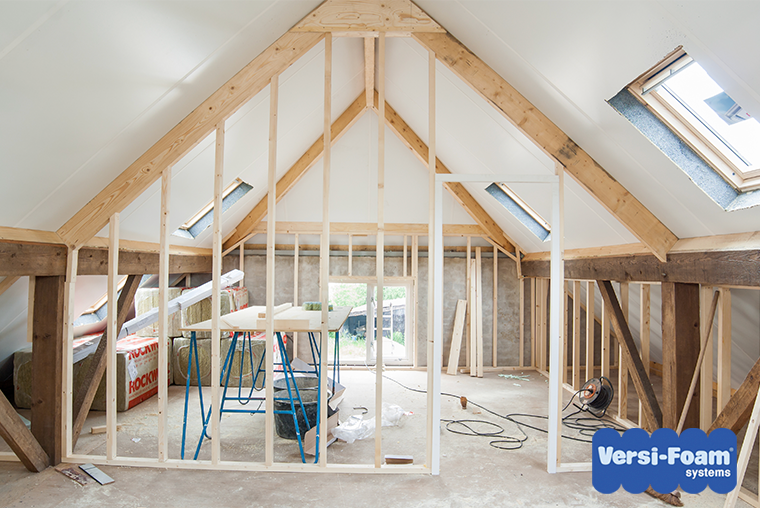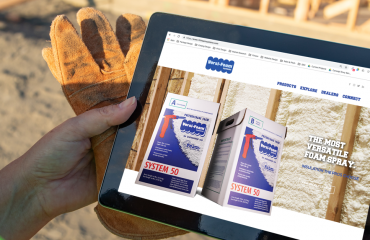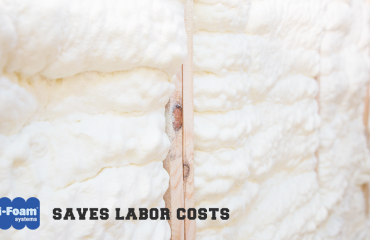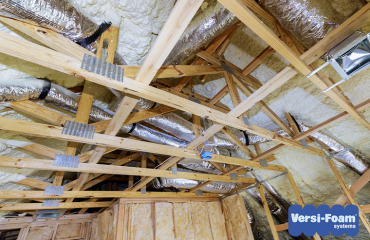Value engineering sometimes gets a bad rap, especially when it comes to building custom homes. Many people equate it with less features or cheaper materials.
In construction however, value engineering ideally means weighing cost/benefit ratios and coming up with an optimal solution for the budget. “It’s important to note that improving the value of your project does not mean cutting costs. It means optimizing the elements of the project through an analysis of all factors–cost, upkeep, wear-and-tear, aesthetic value, etc.”
Knowledgeable general contractors are in the best position to figure out how to add value to new construction. They can educate their clients during each step of the home build, including whether or not a product will last for the life of the house or need to be replaced in a few years. Home upgrade conversations usually center around five elements: kitchen improvements, additional living space, outdoor amenities, flooring, and energy efficiency.
Value Through Energy Efficiency
About half of the average household’s energy budget goes to heating and cooling. The EPA estimates that homeowners can save an average of 15% on heating and cooling costs (or an average of 11% on total energy costs) with proper insulation. Buyers factor this in when making purchasing decisions.
Energy efficient home upgrades can include premier windows and doors, zoned conditioning, smart thermostats, and upgraded insulation. Houses with high-end insulation are more desirable than houses without it, both for cost and comfort considerations. Upgraded insulation can take many forms, but the end goal is high R-value, because higher R-value equals higher resistance to heat transfer.
At about R-7 per inch of thickness, closed cell spray foam insulation offers the highest R-value per inch compared to cellulose, fiberglass, and foam board.
Spray Foam Insulation and Energy Efficiency
In addition to the comfort that a higher R-value brings, spray foam insulation offers three additional value-adds to home insulation.
- Durability. Spray foam insulation is a combination of two materials, isocyanate and polyol resin, that expand and harden as they cure. It’s strong adhesive qualities ensure that it stays in place and won’t shift over time like cellulose and batts. If properly applied, it will last for the lifetime of the home.
- Sound Dampening. Because spray foam insulation expands to fill cracks and crevices. SPF creates a barrier which absorbs noise, inhibits the transfer of sound between rooms and reduces noise that enters the building from the outside. It works because sound is airborne and the foam reduces the air space through which the sound can travel. This brings value to the building for the end user.
- Air and Moisture Barrier. Spray foam insulation creates an air-tight and moisture-tight seal because it pushes itself into the smallest openings and stays there. It’s air-impermeable, which is a critically important element for economic control of heat transfer. An inadequate barrier system will allow leakage of air through cracks and gaps.
- Better Air Quality. Spray foam insulation creates a tight building envelope which minimizes the amount of dust, pollen, and other allergens that enter a home. Because spray foam doesn’t make a good nesting material or food source, it helps to prevent pest infestations as well.
Deciding which type of insulation to install is often described as a balance of cost and performance. Spray foam insulation may initially have a higher cost, but it is justified by the longevity and higher quality of the product. It provides more energy efficiency and overall value than lower cost insulation does. When you consider the positive impact an insulation upgrade can have on the well-being of new homeowners, it merits serious consideration.




